
Busy boats on Muara Kuin floating market.
Banjarmasin Tour
During its more than six-century history, Banjarmasin has been the capital of several different countries, with the city experiencing its greatest prosperity during the Banjar Sultanate (1526-1860). During the Dutch colonial period, Banjarmasin was an important trading port on the Strait of Malacca. Today, although Banjarmasin is no longer the capital of South Kalimantan province, the city remains a regional industrial and tourist center.
The first destination in Banjarmasin that many tourists choose is the Sultan Suriansyah Mosque. This is the oldest temple in South Kalimantan province, more than 300 years old. The Sultan Suriansyah Mosque stands out with its stilt house architecture with three roofs, typical of the local culture, blending aesthetic elements from Islam, Buddhism and Hinduism. Inside the temple grounds, there is also a cemetery for generations of the Banjar royal family. The Sultan Suriansyah Mosque was built to commemorate the conversion of the sultan of the same name to Islam, and his tomb is also located in the temple.
The Waja Sampai Ka Puting Museum in Banjarmasin was originally a stilt house built in the Bubungan Tinggi style (one of the 12 local architectural styles). In 1991, the house was converted into a museum about the Indonesian Revolution (1945-1949). Visitors come to Waja Sampai Ka Puting to see the artifacts left by the revolutionaries and from there realize how important the word “revolution” is to Indonesians. Moreover, every year on Hari Pahlawan (Indonesian Martyrs Day) on November 10, the Waja Sampai Ka Puting Museum opens its doors for free so that visitors from near and far can watch a mock battle reenacting the uprising to seize power in South Kalimantan.
The city of Martapura, south of Banjarmasin, has several diamond and ruby mines. The gems mined here are transported to Banjarmasin for cutting and polishing by jewelers. The artisans’ products are sold in the Jalan Martapura area of Banjarmasin. Tourists can easily find a diamond ring or pair of earrings at an acceptable price compared to the quality. Another popular local souvenir among tourists is woven bamboo and rattan products.
If you want to find a place to enjoy the view of Banjarmasin, go to the viewing tower in Siring Park. The tower is located on the banks of the Martapura River, opposite the Sabilal Muhtadin Mosque on the other side. The best time to visit Siring Tower is in the afternoon, when the whole city turns golden in the sunset. In the evening, the tower lights up a corner of the river. The viewing tower is also home to a shopping mall and several restaurants. The breeze from the Martapura River “cools” diners, making the local specialties even more delicious.
Drifting on the water
Banjarmasin is located at the confluence of the Barito and Martapura rivers. The lives of Banjarmasin people revolve around the two rivers. The place that best represents local life is the Muara Kuin floating market. Visitors who want to visit Muara Kuin should wake up before sunrise and board a boat (kelotok) to go down the Barito River. When you see the boats gathering in a section of the river, you have arrived. All kinds of local products such as bananas, shrimp, sweet potatoes, coconuts, chili powder... are sold in Muara Kuin. Visitors to the market may not buy anything, but do not miss having breakfast and drinking coffee at the stalls displayed right on the boats. It is a good opportunity to watch Banjar housewives nimbly walking on the boats like starlings.
After Muara Kuin Market, the journey along the Barito River will take visitors to Sasirangan Village. If Java has Batik, Banjarmasin has Sasirangan. This fabric is more laborious than Batik because the weaver does not paint on the fabric but weaves the pattern with lace first, then sews the pattern onto the fabric. The colorful colors of Sasirangan fabric are all made from 100% natural dyes. Visitors to Sasirangan Village have the opportunity to directly experience the fabric making process. A piece of fabric that you embroider and dye yourself will be a wonderful souvenir.
Another interesting destination on the river is Pulau Kembang (Flower Island). It is called an island but it is actually a strip of land located right in the middle of the river. On the island, there are many proboscis monkeys that make their nest inside an abandoned temple. The monkeys are used to humans and always play with tourists visiting the island. Tourists just need to buy some peanuts for them and put all small items on their person in their pockets to avoid being taken by the monkeys.
Adam Sultan Primeval Forest Reserve was inaugurated in 1989, covering an area of 106,400 hectares, and is home to many species of monkeys, deer, snakes and endemic birds. Visitors can take a kelotok down the Barito River to visit part of the Adam Sultan Primeval Forest Reserve. Where the river meets the sea in the reserve, there is a mangrove forest of several hundred hectares. Many visitors choose to get off the boat here to go crabbing on the mudflats of the river mouth or visit the nearby Sogung limestone cave.
The Sogung Cave system consists of 20 different caves, most of which are flooded. Only guides are familiar with the winding paths in the cave. There are many places where you will have to wade through water or even dive. The effort is worth it for the magical scenery created by stalactites of various shapes. Visitors are sure to get beautiful photos in Sogung Cave.
Source


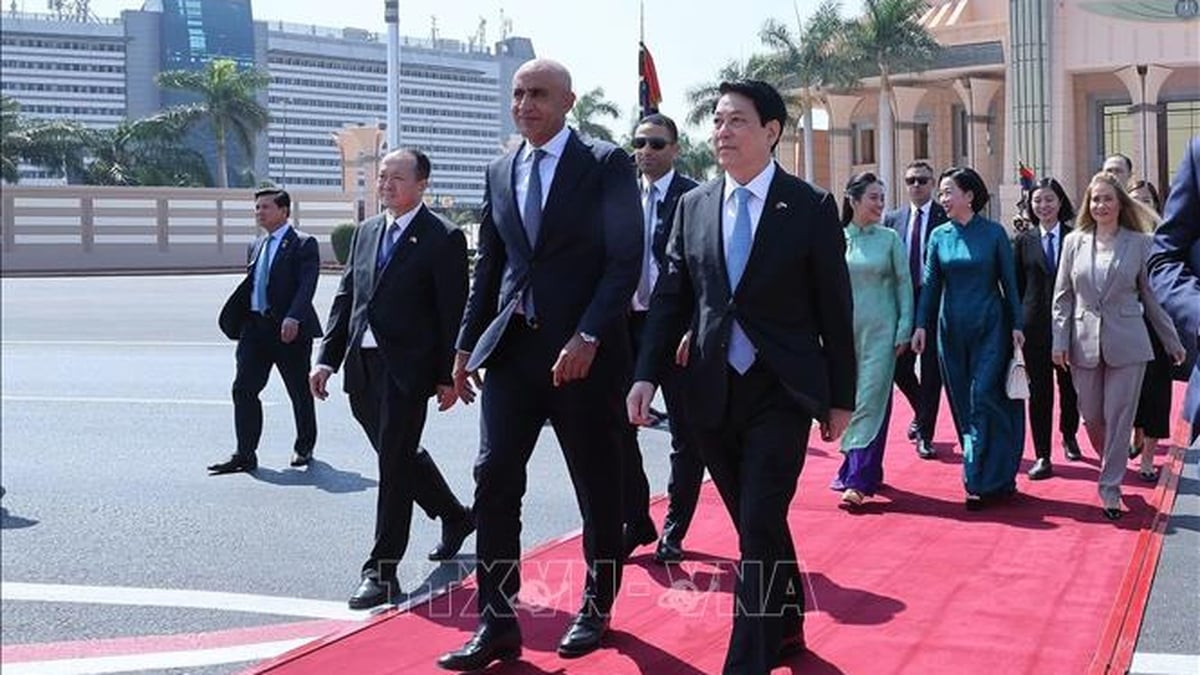
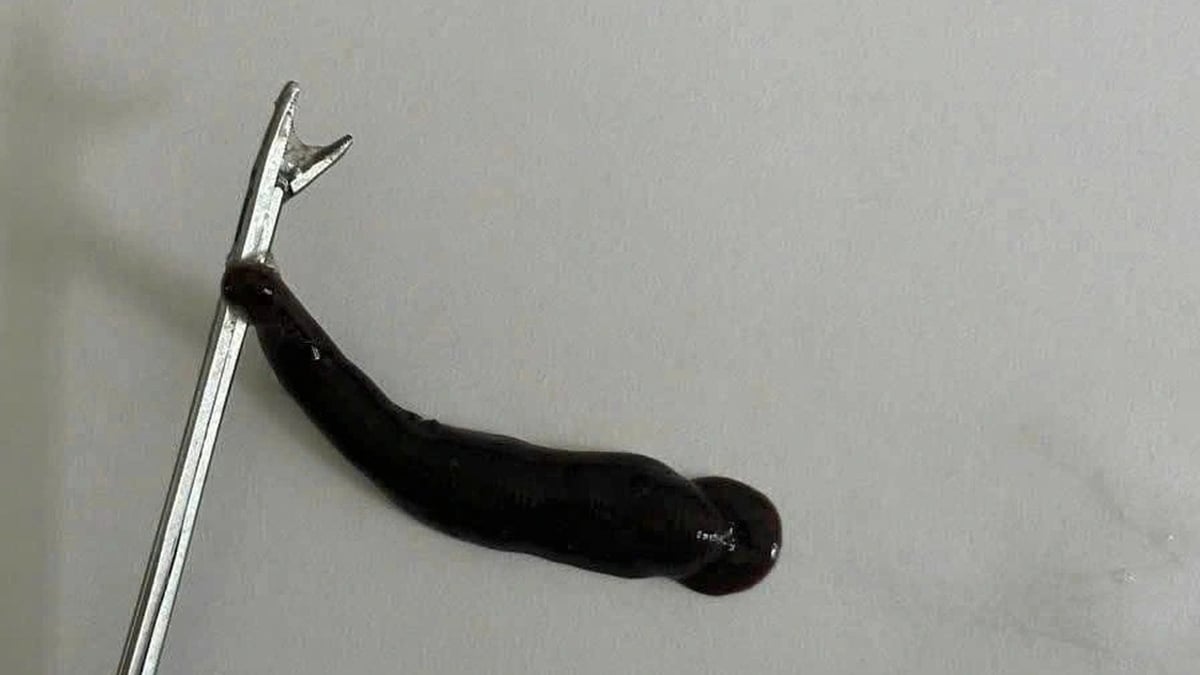
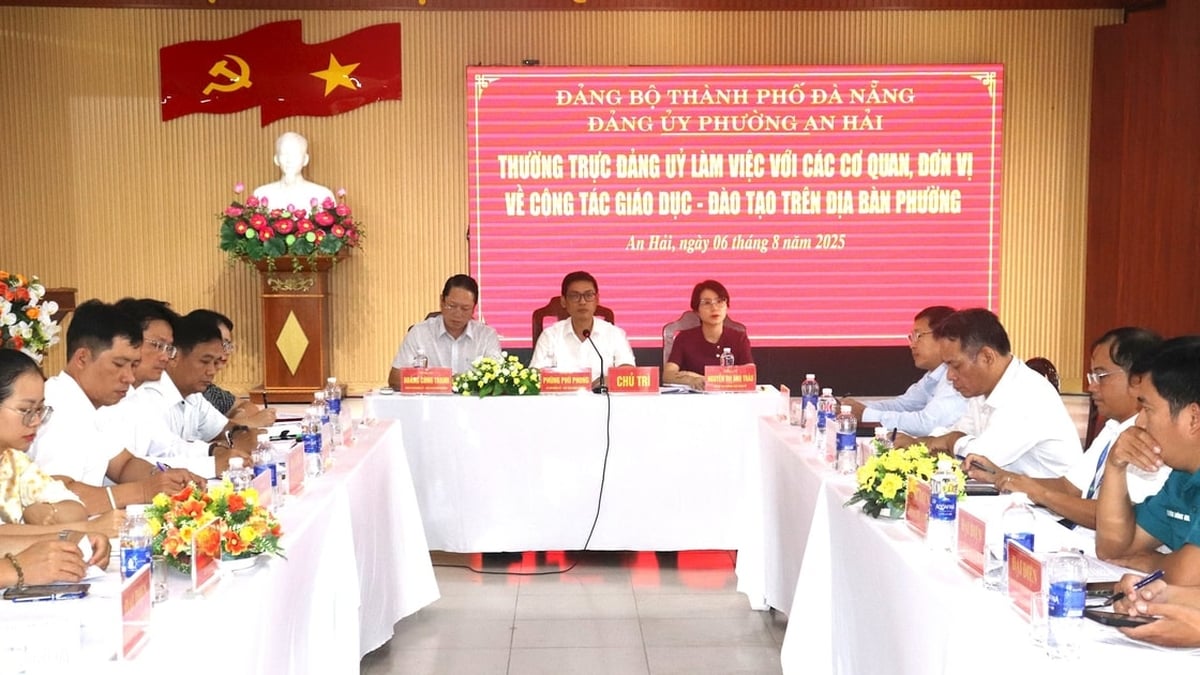
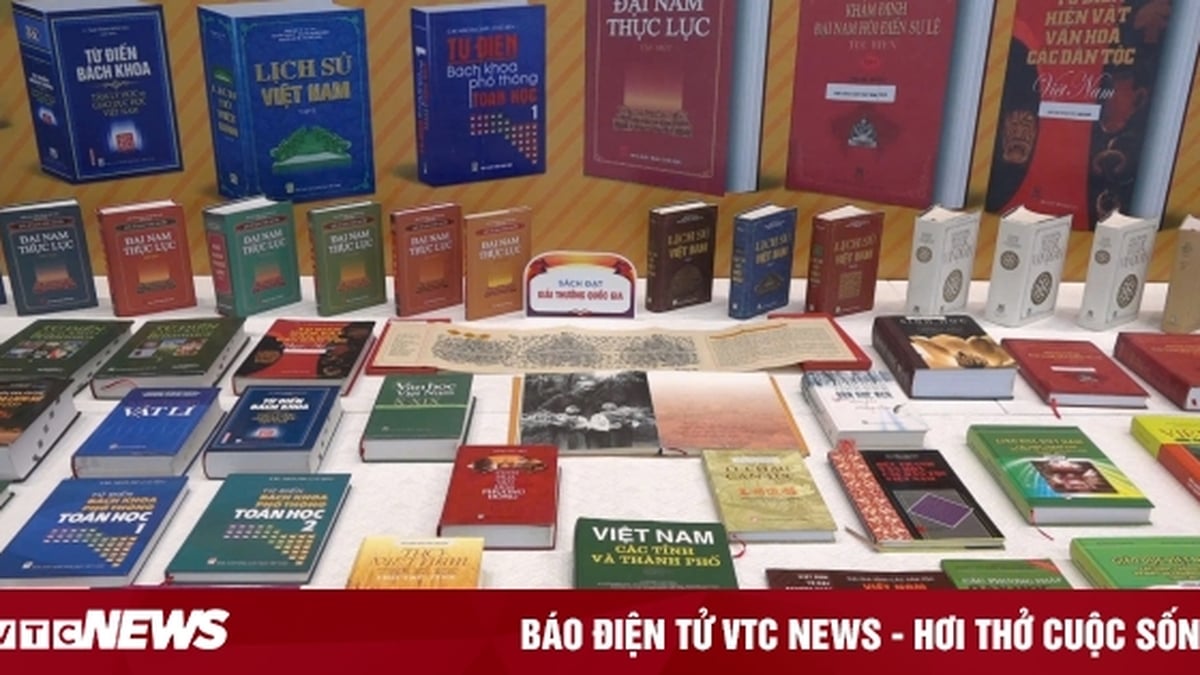
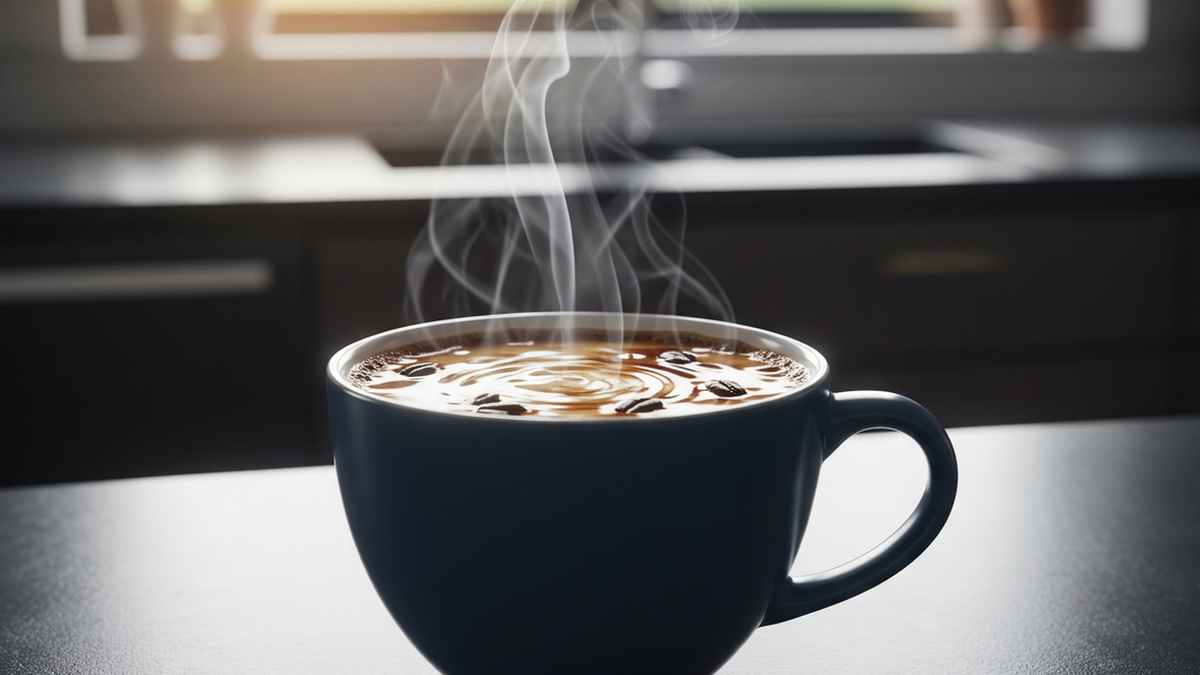
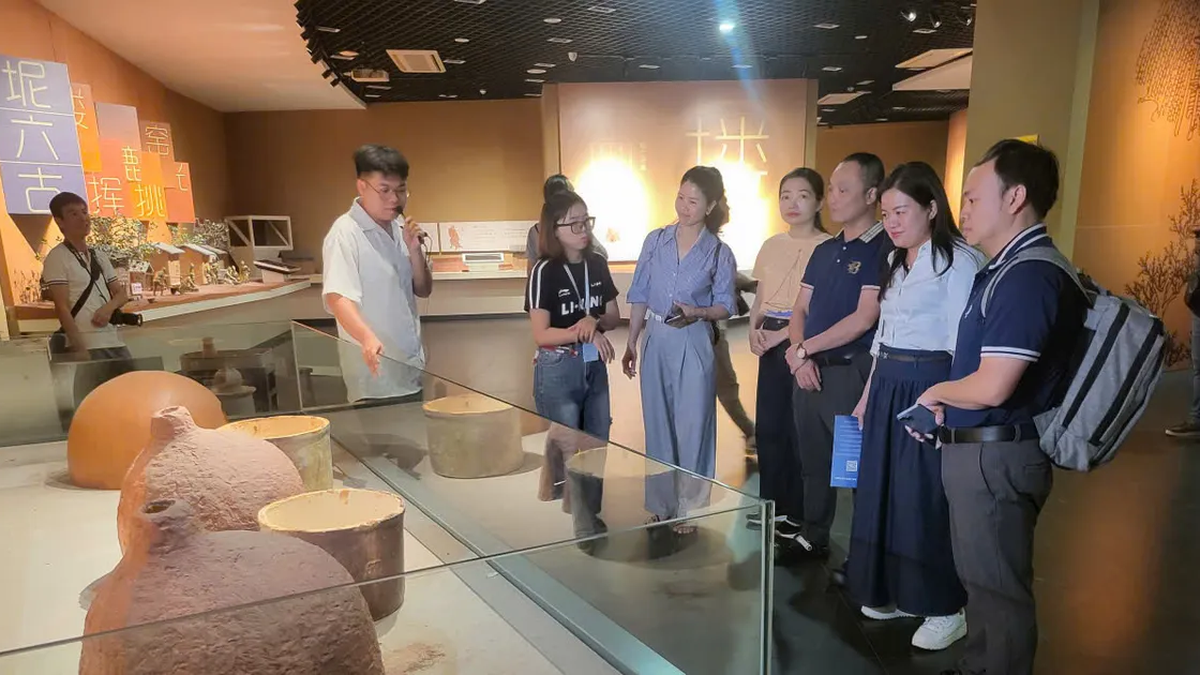

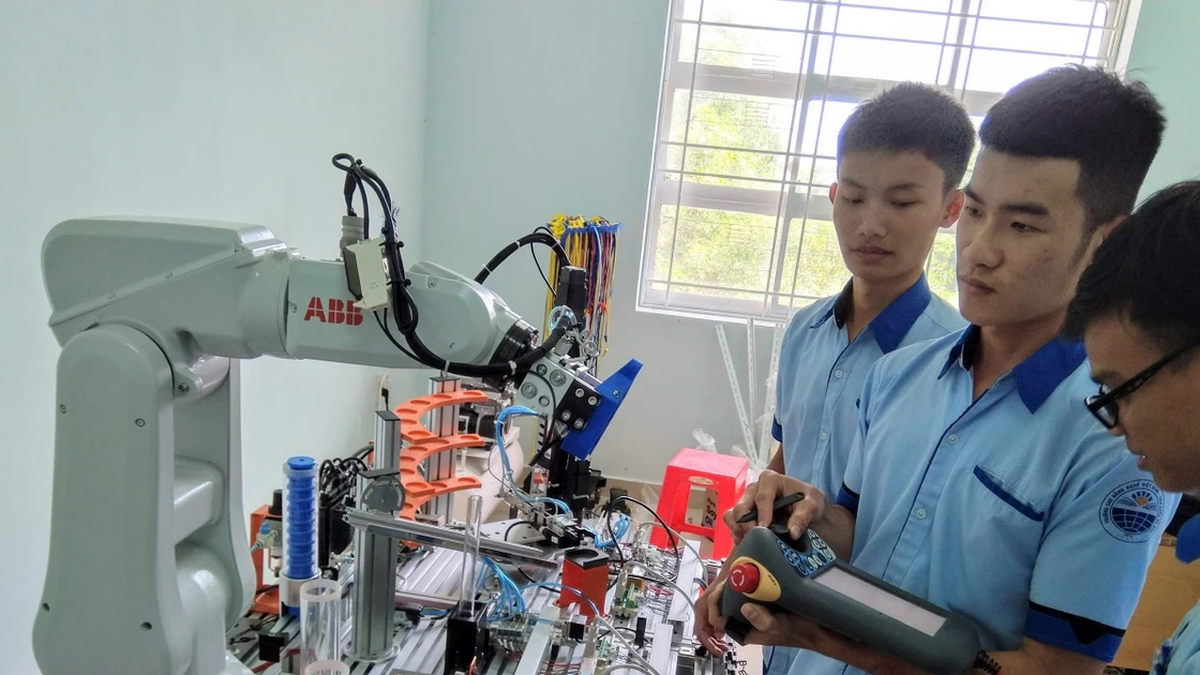
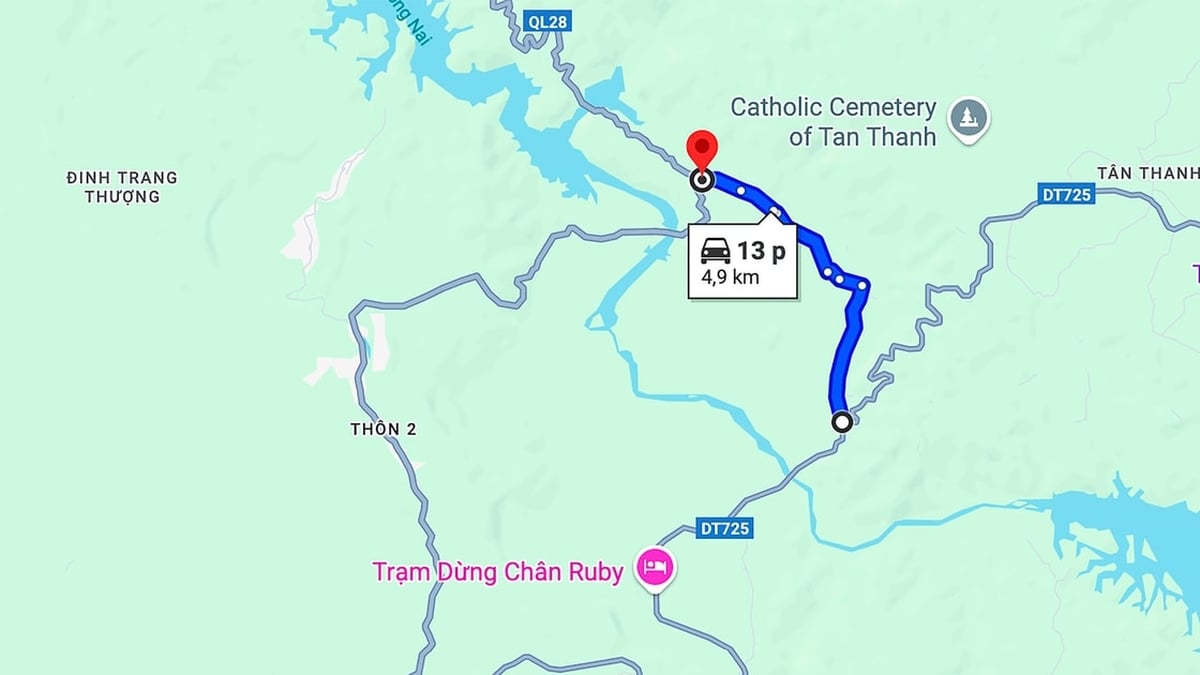
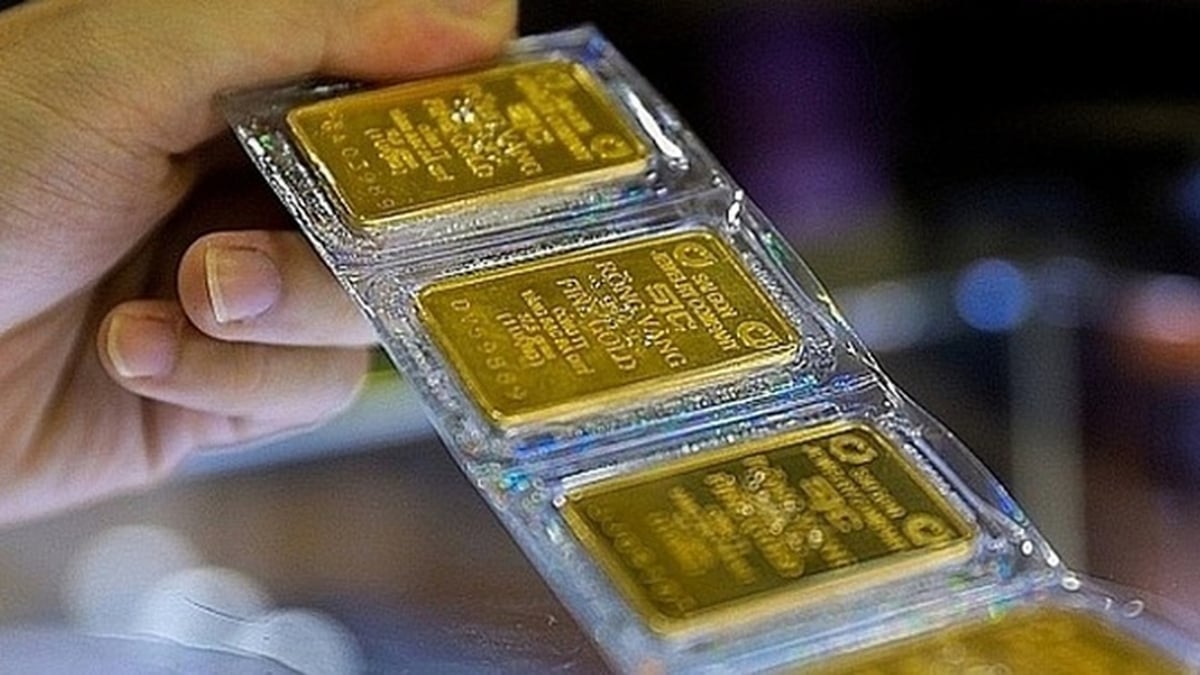










![[Photo] Discover the "wonder" under the sea of Gia Lai](https://vphoto.vietnam.vn/thumb/1200x675/vietnam/resource/IMAGE/2025/8/6/befd4a58bb1245419e86ebe353525f97)




![[Photo] Nghe An: Provincial Road 543D seriously eroded due to floods](https://vphoto.vietnam.vn/thumb/1200x675/vietnam/resource/IMAGE/2025/8/5/5759d3837c26428799f6d929fa274493)




























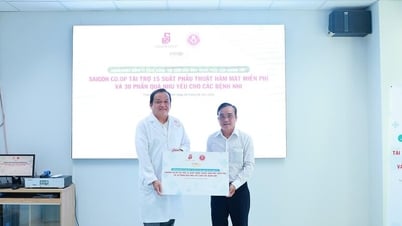

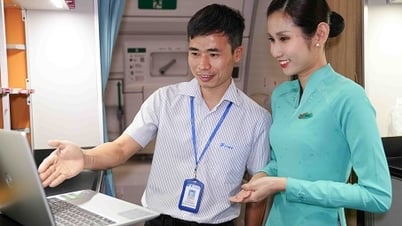
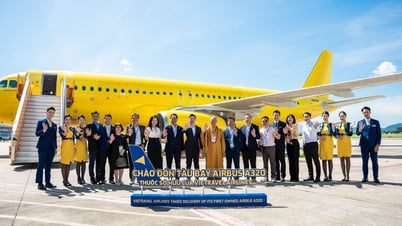

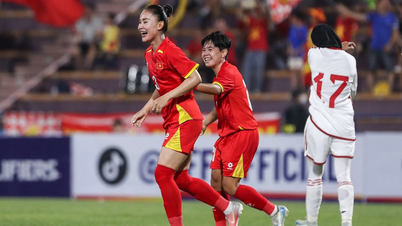
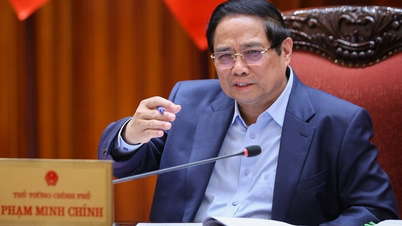
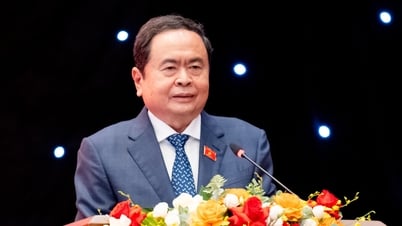
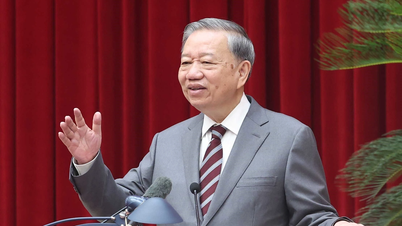
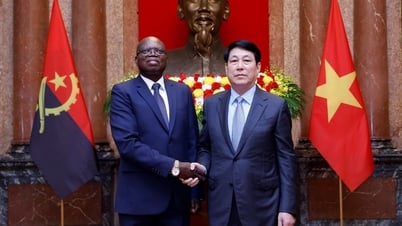

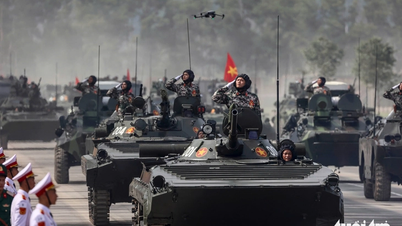
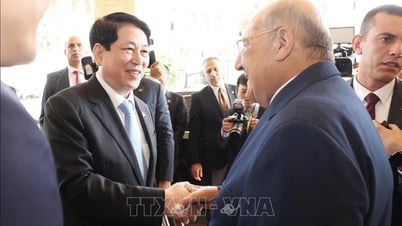

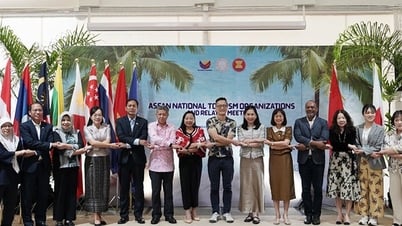

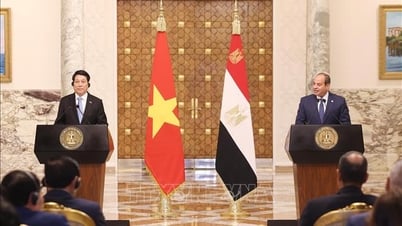

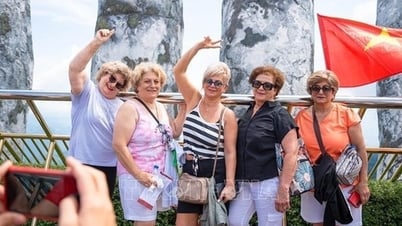















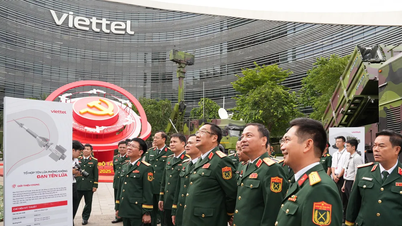



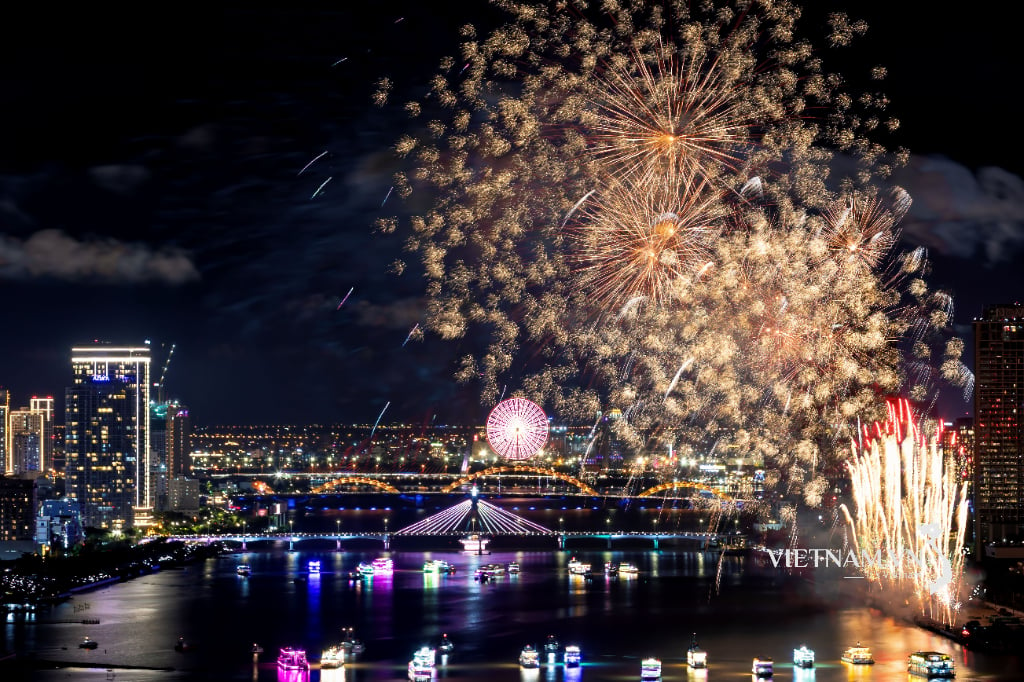
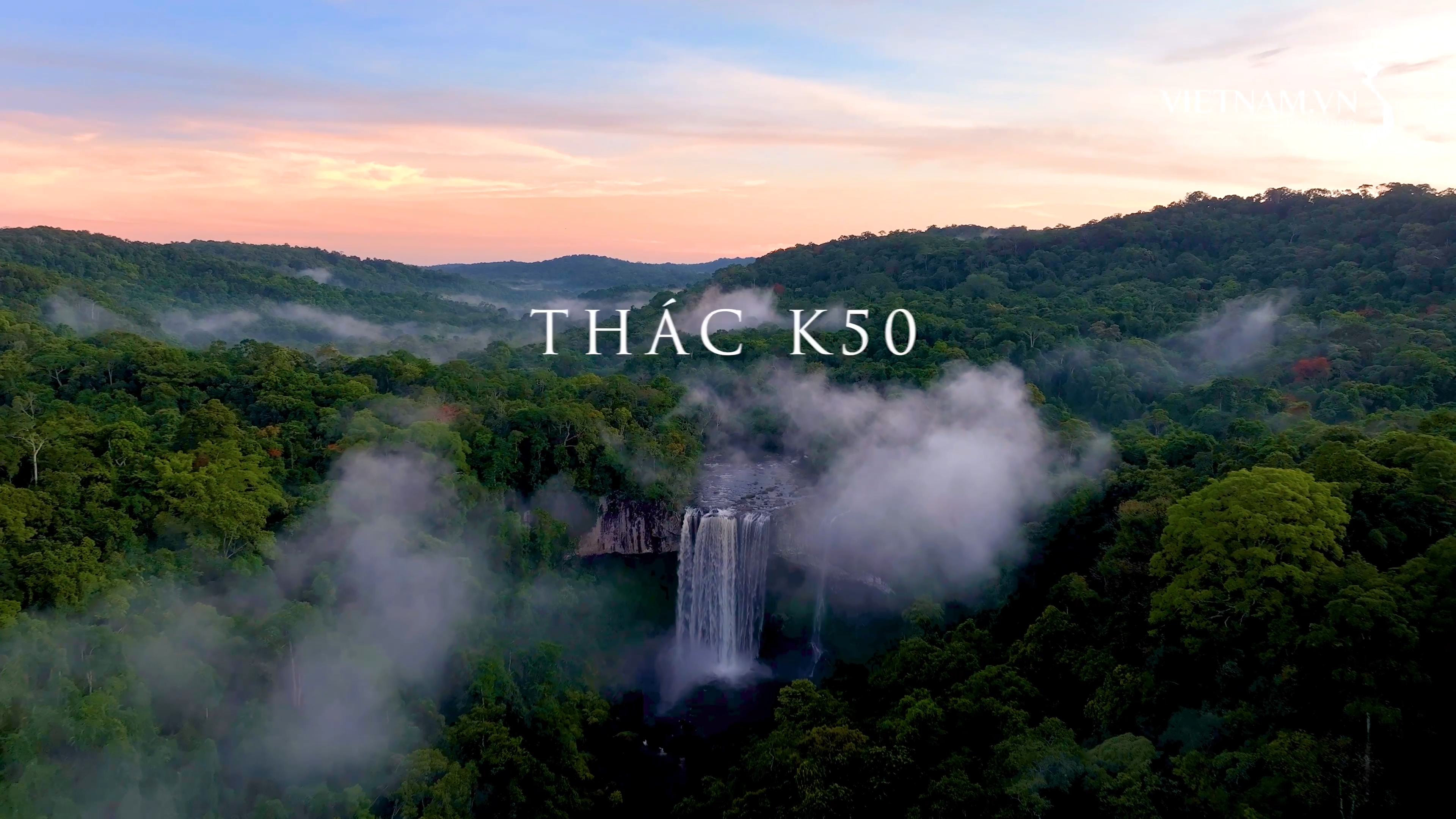
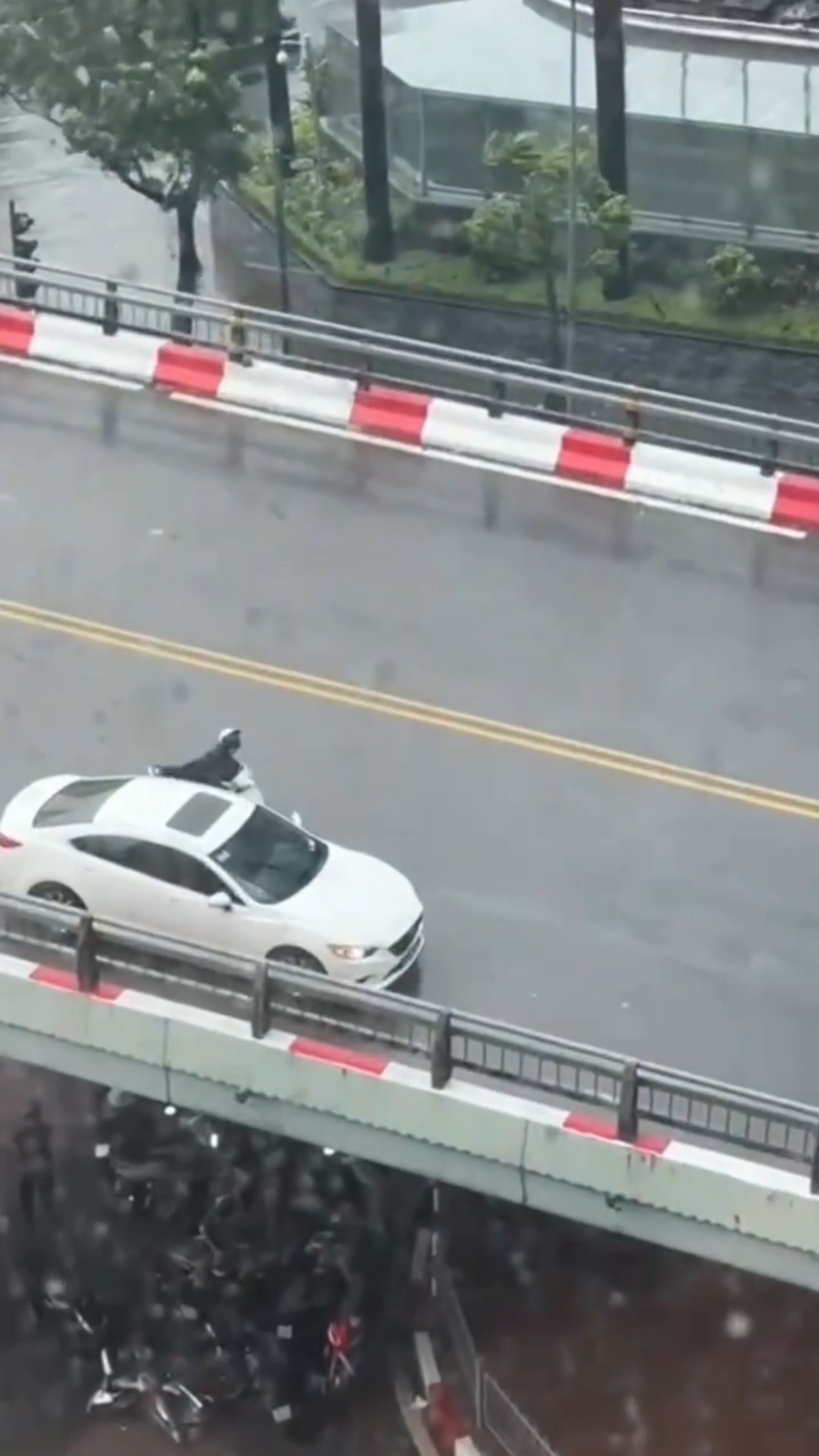
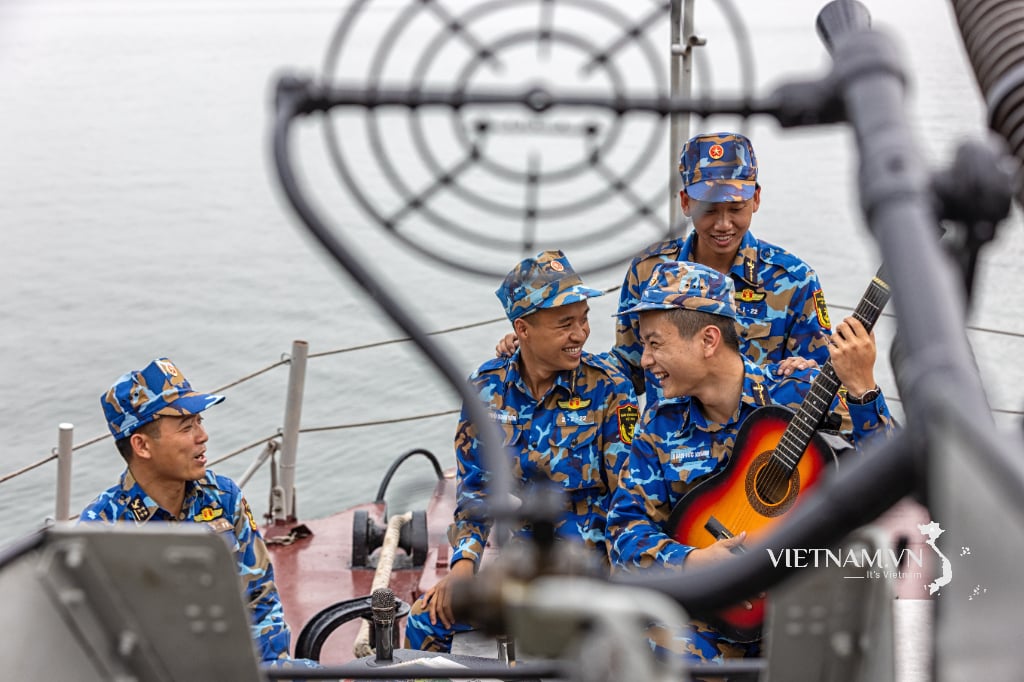
Comment (0)